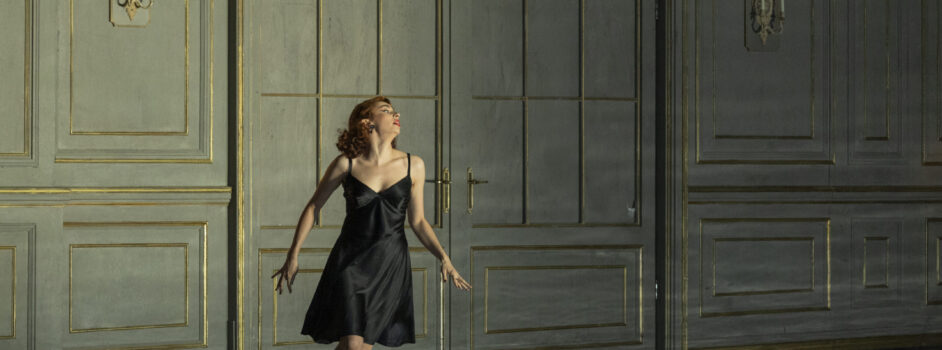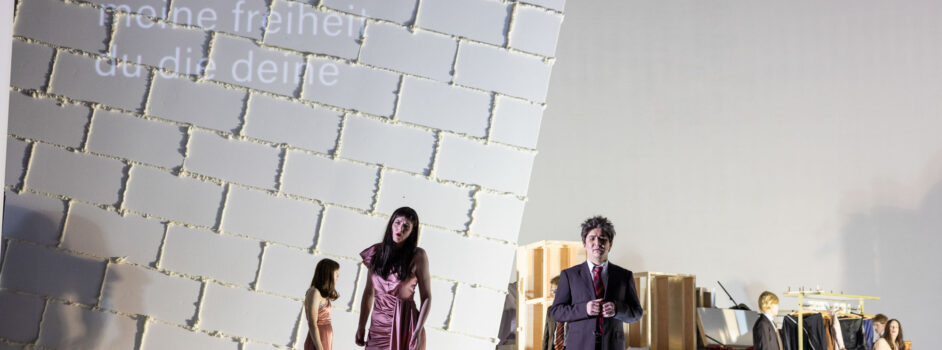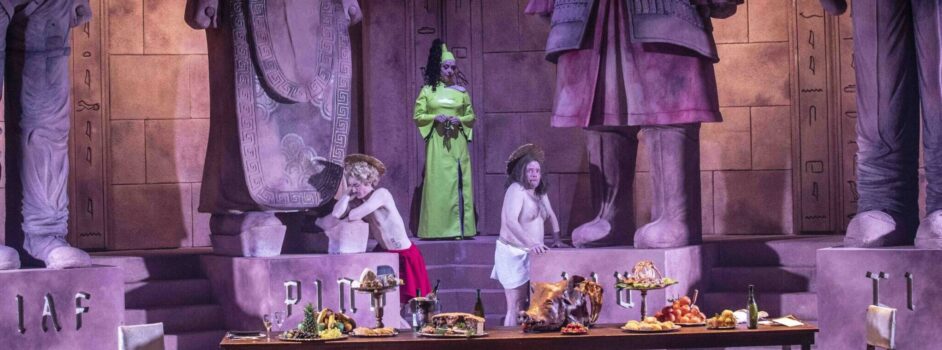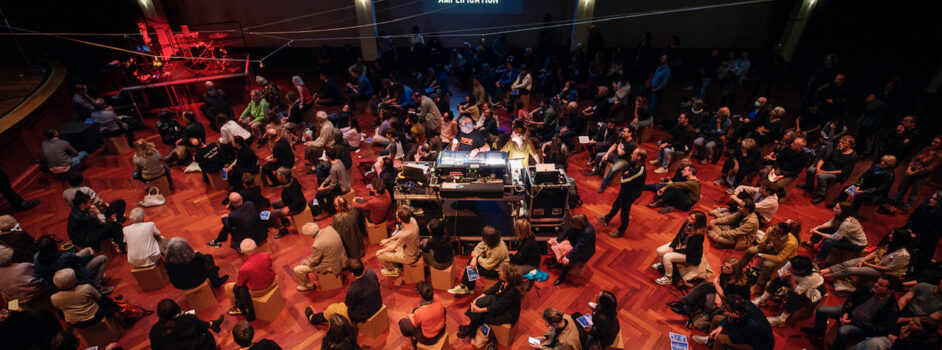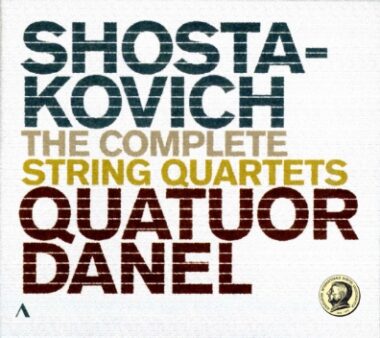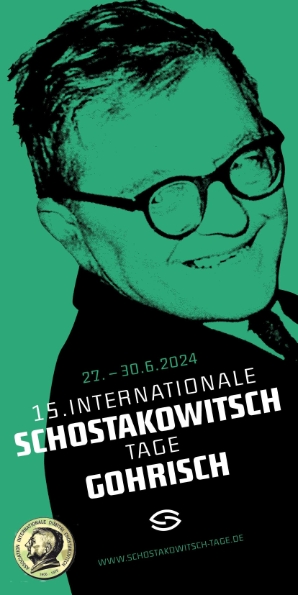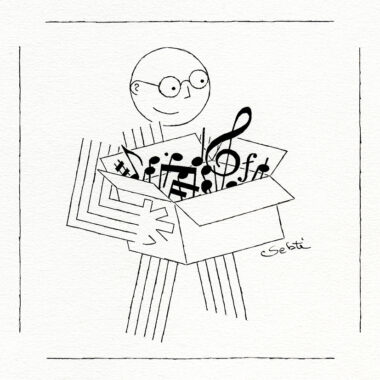A journey with quater tones, and death: Hannu Lintu conducts the Tapiola Sinfonietta
Plus de détails
25.IV-2014. Espoo, Tapiola Church. Sampo Haapamäki (b. 1979): Conception. Dmitri Shostakovich (1906-1975) : Symphony No. 14, Op. 135. Veli Kujala, quarter tone accordeon, Juuso Nieminen, quater tone guitar, Soile Isokoski, soprano, Mika Kares, bass. Tapiola Sinfonietta; Hannu Lintu, conductor.
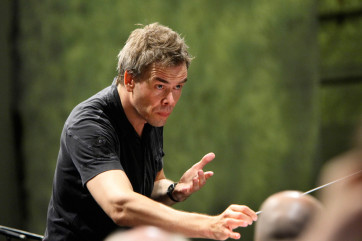 For both musicians and audiences only familiar with the Western chromatic scale of 12 pitches, listening to music which employs quarter tones can be a disorienting experience. If a composer wishes to write a piece which employs quarter tones as an integral part of the musical fabric, as opposed to simple extensions of color, the role of each quarter tone pitch needs to be firmly established within the harmonic vocabulary of the piece. Sampo Haapamäki's Conception, a double concerto for quarter tone accordion and quarter tone guitar, is a fascinating and effective use of the extended harmonic palette afforded by the use of quarter tones.
For both musicians and audiences only familiar with the Western chromatic scale of 12 pitches, listening to music which employs quarter tones can be a disorienting experience. If a composer wishes to write a piece which employs quarter tones as an integral part of the musical fabric, as opposed to simple extensions of color, the role of each quarter tone pitch needs to be firmly established within the harmonic vocabulary of the piece. Sampo Haapamäki's Conception, a double concerto for quarter tone accordion and quarter tone guitar, is a fascinating and effective use of the extended harmonic palette afforded by the use of quarter tones.
The work opened with a dense « bird forest » in the orchestra, with clear but not overly prominent contributions from the soloists. One could perceive the use of quarter tones but they were not excessively overt. Rather, they seemed entirely organic within the dense orchestral and harmonic texture. As the movement progressed, the quarter tones felt integral to the music, while still clearly distinguishable.
A cadenza for the two soloists opened the second movement. A clear theme is played, sounding somewhat jarring and dizzying without orchestral accompaniment. However, as the music evolved to an arrival point, with the theme painted in broad strokes on the strings, there was a sense of satisfaction and inevitability while still sounding shaky and unsettled.
Dense orchestral textures returned in the third and final movement. One of the most notable and memorable sections of the entire work was the clearly blues-influenced cadenza for the soloists near the work's conclusion. The use of blues was strikingly effective in a quarter tone composition, as blues is a musical style which already uses distortions to conventional tonal scales, such as « blue notes » and pitch bends.
One could easily imagine the difficulties for both orchestra and conductor in convincingly performing a piece such as this. While the solo guitar occasionally could have benefited from a more clear contribution to the musical fabric (a question of amplification?), the enthusiastic response of both audience and composer suggested that this potentially challenging concept was successfully executed.
The second half of the program posed challenges of a different sort. Shostakovich's Symphony No. 14 is one of the composer's most uncompromising and emotionally taxing orchestral works; a song cycle almost exclusively on the subject of death. Scored for strings, percussion, and two vocal soloists, the music covers a wide expressive range despite the mostly monothematic subject matter: black humor, desolation, frenzy, tragedy, defiance, violence. Shostakovich chose poems from Rilke, Apollinaire, Lorca, and Küchelbecker as the texts.
A successful performance of this work depends largely on the quality of the soloists and the confidence of the string players. In the opening movement, De profundus, bass soloist Mika Kares established an imposing and dark presence which was chilling, and entirely appropriate for the austere and bleak orchestral backdrop. Kares' power and clear diction also paid dividends in the Constantinople and Del'vig movements. Although lacking the frenzied passion of say Vishnevskaya, Isokoski brought a restrained but focused intensity which was particularly effective in The Suicide and Les Attentives movements.
The Tapiola Sinfonietta strings brought clear commitment and passion to their performance, for example in the frenzied dance of Malagueña or the deliriously rapid writing in Constantinople (reminiscent of the wild string fugue in the composer's Symphony No. 4). Riitta Pesola's many cello solos were beautiful played, especially in the heartbreaking duet with soprano solo in The Suicide. The contributions from the double basses in De profundus were genuinely haunting. While the violins were a little shaky in the treacherously exposed opening theme and the strings overall could have brought more intensity to the first half of the Constantinople movement, these were minor issues.
Two very different but challenging pieces, convincingly interpreted and performed. A typical concert with Lintu on the podium.
Crédit photographique : © heikki tuuli
Plus de détails
25.IV-2014. Espoo, Tapiola Church. Sampo Haapamäki (b. 1979): Conception. Dmitri Shostakovich (1906-1975) : Symphony No. 14, Op. 135. Veli Kujala, quarter tone accordeon, Juuso Nieminen, quater tone guitar, Soile Isokoski, soprano, Mika Kares, bass. Tapiola Sinfonietta; Hannu Lintu, conductor.

